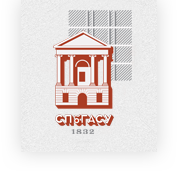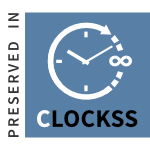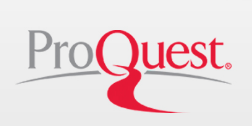Implications for Teaching Reading of Writing Continuation Based on 5W1H Analysis Method in Senior High
DOI:
https://doi.org/10.63313/LLCS.9034Keywords:
Writing continuation, Senior High English, Textual Instruction, English Core CompetenceAbstract
The writing continuation has emerged as a new type of college entrance examination form for senior high English in recent years, characterized by its strong comprehensiveness, distinct textual features, and stringent evaluation criteria, making it a challenging issue for both teachers and students in the educational context. This article integrates the characteristics of writing continuation texts, the difficulties students face in learning, and the challenges teachers encounter in instructing these texts. Utilizing the 5W1H analytical method and the STEAL reading strategy, it aims to assist students in comprehensively understanding the themes, structures, and content of the articles, while also aiding teachers in effectively conducting writing continuation reading instruction. The goal is to cultivate students' reading and analytical skills regarding writing continuation texts and to develop their English core competencies.
References
[1] Wei, X. P. (2020). A study on the "Three-Read" strategy in reading instruction for continu-ation writing. English Teaching & Research in Primary and Secondary Schools (01), 41-44+49.
[2] Jiang, Q. Y. (2022). The application of thinking visualization tools in continuation writing in senior high school English. Journal of The Chinese Society of Education (01), 106.
[3] Cao, Q. F. (2023). Exploring character-building strategies in continuation writing from a narratological perspective. English Teaching & Research in Primary and Secondary Schools (10), 61-65.
[4] Ministry of Education of the People's Republic of China. (2020). English Curriculum Standards for General High Schools (2017 Edition, 2020 Revision) [M]. People's Education Press.
[5] Wang, Q. (2006). A Course in English Language Teaching (2nd ed.). Higher Education Press.
Downloads
Published
Issue
Section
License
Copyright (c) 2025 by author(s) and Erytis Publishing Limited.

This work is licensed under a Creative Commons Attribution-ShareAlike 4.0 International License.















